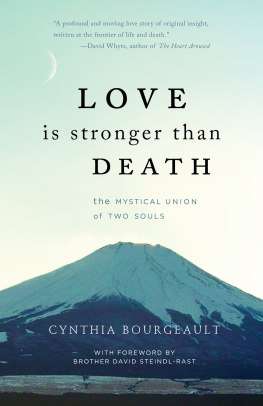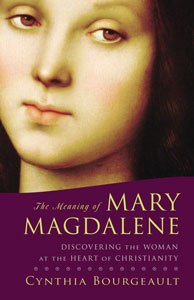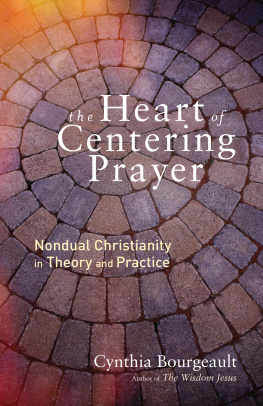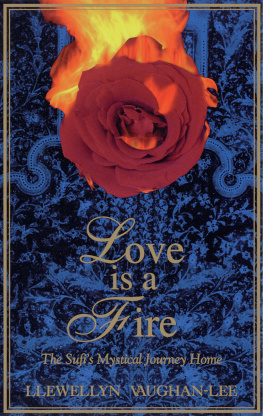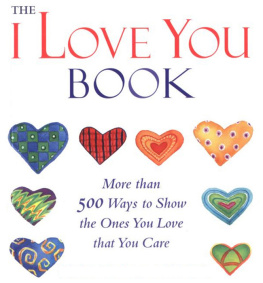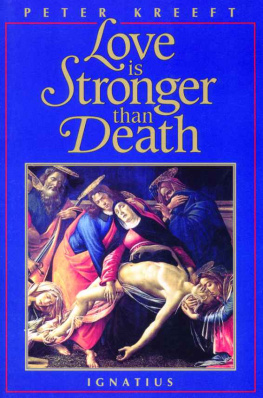Also by Cynthia Bourgeault
Mystical Hope
The Wisdom Way of Knowing
Centering Prayer and Inner Awakening
Chanting the Psalms
The Wisdom Jesus
The Meaning of Mary Magdalene
The Holy Trinity and the Law of Three
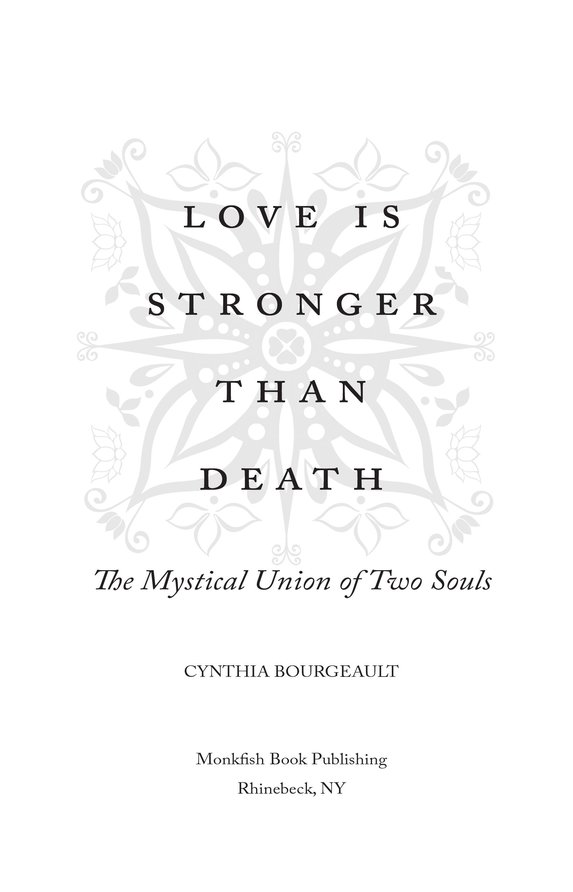
Love is Stronger than Death: The Mystical Union of Two Souls
Copyright 2014, 2007, 1999, 1997 by Cynthia Bourgeault
All rights reserved. No part of this book may be reproduced or transmitted in any form or by any means, electronic or mechanical, including photocopying, recording, or by any information storage and retrieval system, without permission in writing from the publisher.
Library of Congress Cataloging-in-Publication Data
Bourgeault, Cynthia.
Love is stronger than death : the mysical union of two souls /
Cynthia Bourgeault.1st ed.
p. cm.
Includes bibliographical references.
1. Bourgeault, Cynthia. 2. Future lifeChristianity.
3. LoveReligious aspectsChristianity. I. Title.
BT902.B67 1999
283.0092dc21
[B]
98-56526
CIP
10 9 8 7 6 5 4 3 2 1
Some of the material in this book first appeared in slightly different form in Gnosis magazine, winter 1997, and in Common Boundary , summer 1999.
A complete listing of permissions to reprint previously published material appears on page 213.
First published by Bell Tower, 201 East 50th Street, New York, New York 10022. Member of the Crown Publishing Group.
Second edition published by Praxis Publishing. Telephone, Texas 75488. www.praxisofprayer.com
eISBN 9781939681362
Printed in the United States of America
Cover design by Danielle Ferrara
Interior design by Chris Hallman
Printed in the United States of America
Monkfish Book Publishing
22 East Market Street, Suite 304
Rhinebeck, New York 12572
www.monkfishpublishing.com
FOR LOUIS NUMA ROBIN JR.
Here and there does not matter.
We must be still and still moving
Into another intensity
For a further union, a deeper communion.
T. S. ELIOT , Four Quartets
In Gratitude
FIRST AND FOREMOST , to the monks of St. Benedicts Monastery, Snowmass, Colorado, and especially to their remarkable abbot, Father Joseph Boyle, who made space for Rafe and me to walk out the last leg of Rafes human journey together, and who after his death supported me in my grief to the very best of their understanding and compassion.
To those special friends who held my story close to their hearts and encouraged me to keep following wherever love led: Michael Boudreaux, Barbara and Bill Howell, Jessa Watkins, Father Dan Kelliher, Sarah Barton, Margaret Haines, and my two daughters and sons-in-law, Gwen and Rod Rehnborg and Lucy and Alby King.
To those who helped out financially during the writing of this book: Kathy and Bill Bauer, Ellen and Bill Hunt, Tony Burkart, and many other wonderful people in the Episcopal Diocese of Colorado and the Contemplative Society of British Columbia.
To Richard Smoley, who published my first attempt to tell this story as an article in the winter 1997 issue of Gnosis magazine; and to Toinette Lippe of Bell Tower, who recognized it as a book and brought it to its final form. To Charles Upton and Jennifer Doane, who generously shared with me their own work-in-progress on courtly love; and to Brother David Steindl-Rast and Andrew Harvey, whose willingness to go to bat for a risky manuscript by an unknown author made a crucial difference to its seeing the light of day.
To Sarah B. Wheeler of Sounds True in Boulder, Colorado, for so many fruitful connections.
And finally, to members of Rafes immediate familyTommy, Helen, and Sister Helene Robin; Brother Laurin Hartzog; and Shirley Powellwho welcomed me into their homes and shared many intimate pieces of their family history that have helped me to understand so much better the man I am privileged to call friend, teacher, and beloved.
Foreword
YOU ARE ABOUT TO READ A LOVE STORY . True, this account is not easy to classify, but with its boy-meets-girl plotrefreshingly told from the girl-meets-boy perspectivea love story it is. Who can pigeonhole love stories anyway? I like to group them according to the four seasons of the year, of a lifetime, of kisses. Each season of love has its distinctive kisses: the awkward, teeth-bumping kisses of sweet breath springtime; summer kisses burning with passion; the kisses of harvest time heavy with memories; and those tenderest kisses of snowflakes on parted lips which delight our second childhood as they delighted our first one.
The love story you are about to read bears buds, blossoms, and fruit, all at once, like the branch of an orange tree fragrant with bloom and heavy with yield at the same time. There is a spring-like briskness to the way Cynthia Bourgeault makes the plot sparkle at every turn like a freshly minted penny. The falling in love of these two mature adults does not lack the giddy dizziness of a first falling, yet they manage to transform the momentum of that headlong plunge into a rising in love. Theirs is a verdant rising: not a rocket-like lift-off, but the gnarled growing of a tree that stretches so high into the summer sky precisely because it is so deeply rooted. Two unlikely loversRafe, a Trappist hermit, and Cynthia, an Episcopal priestthey explore together not just the heights but also the depth of their trust that God is love: and those who abide in love abide in God, and God in them (1 John 4:16). To abide in love means to keep on growing, willing to suffer all the growing pains. As we read on, we see how the two begin to reap the harvest by becoming real people. They refuse to count the cost, minding less and less how much it hurts to become real. We watch them laugh and cry their way into realms of which T. S. Eliot says, We must be still and still moving/Into another intensity/For a further union, a deeper communion.... (East Coker, V). Inescapably this autumnal journey is bound to lead into the dead of winter.
While it is true that every good love story embraces all four seasons, and this one does, too, Love Is Stronger Than Death celebrates, above all, winter. Tracks of snowmobiles crisscross the scenes of this narrative. Its lovers wear heavy boots, and the footprints they leave in mud and snow are inseparable from the trail their story leaves on these pages. Their first meeting happens on a clear, cold winter day; their last one, too. Winter is a time of crisis, sifting out what must die from what will survive. Their love survives and becomes ever more truly itself after one of them dies. Love is most nearly itself/When here and now cease to matter (T. S. Eliot, East Coker, V). With the experience of this truth, the book reaches its high point and pushes current notions about life-beyond-death to an exciting new level. The author makes a unique contribution to this area, a contribution that is likely to stimulate discussion and to startle some readers.





